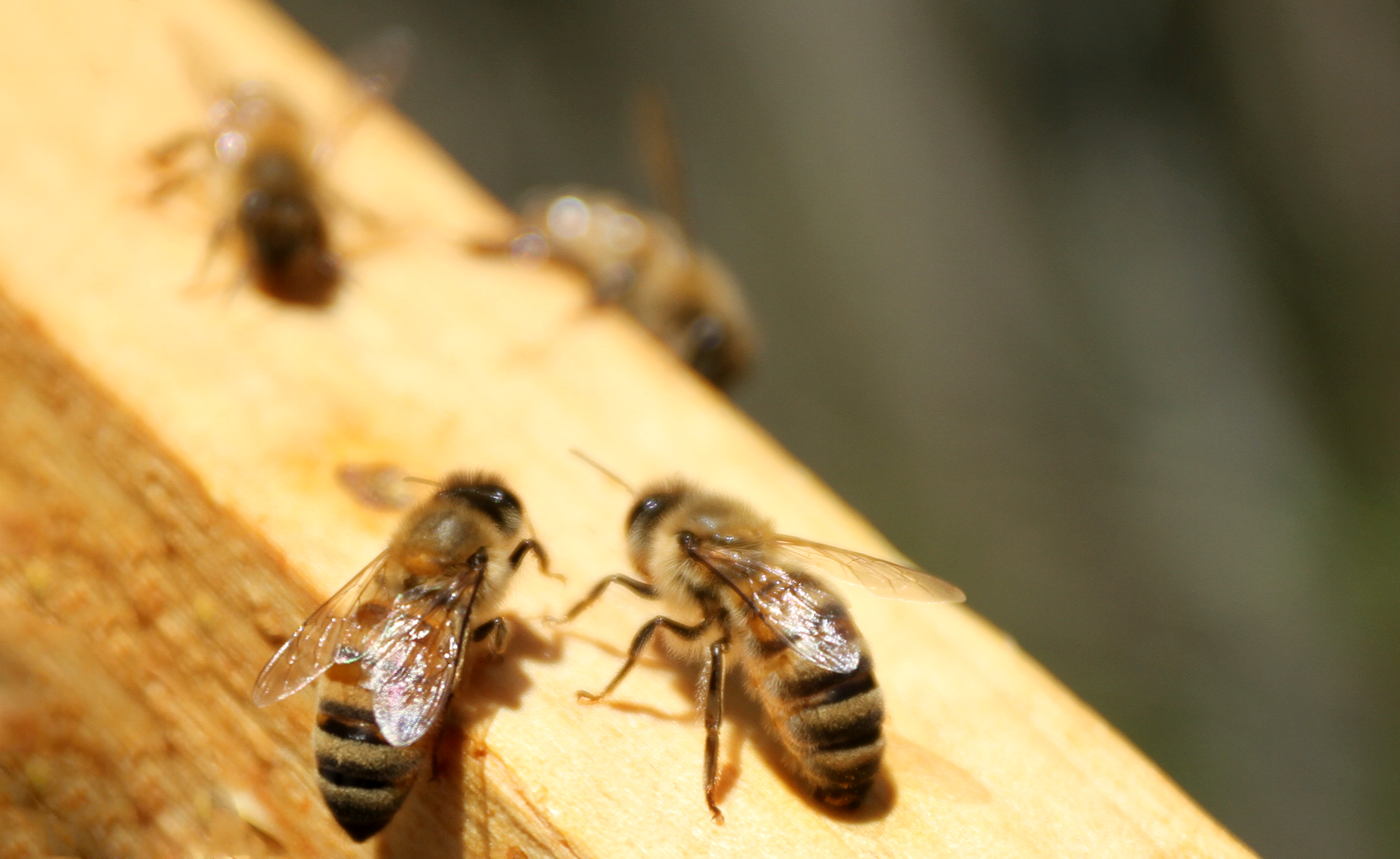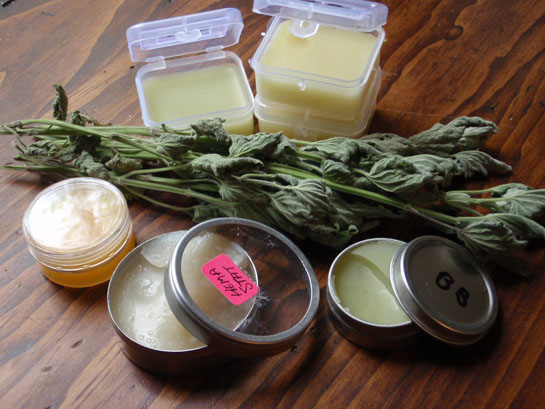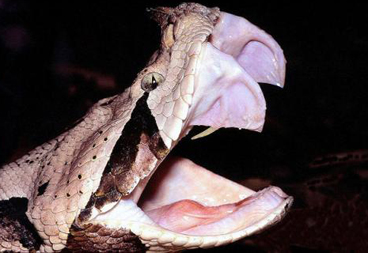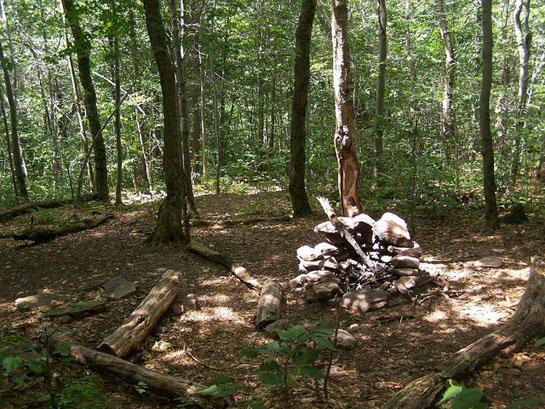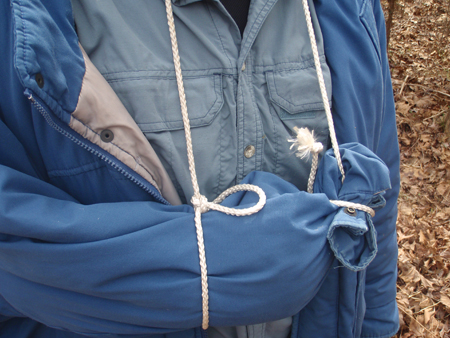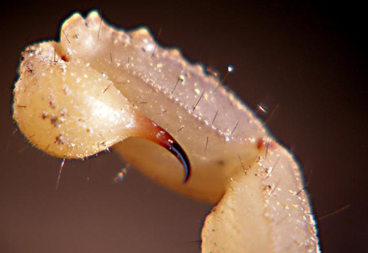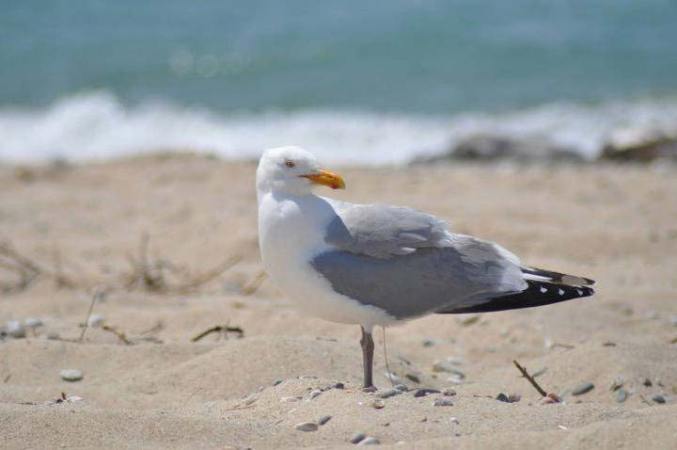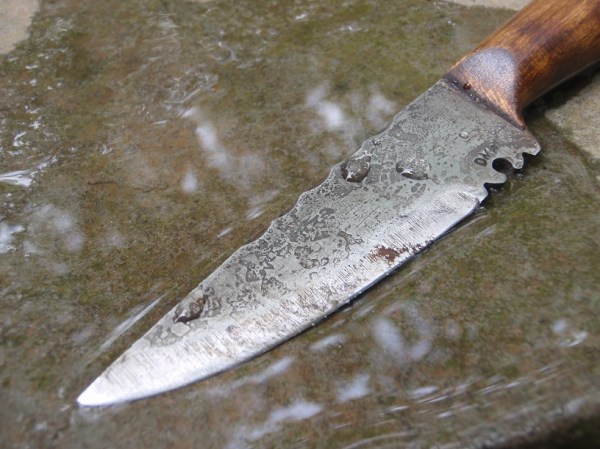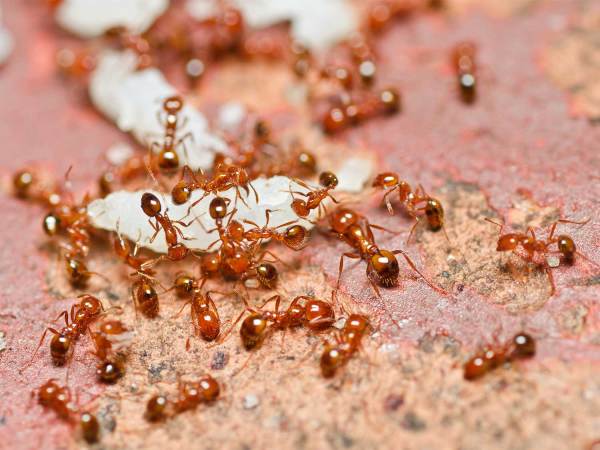The end of summer and early fall can be the worst times of year for bee, wasp, and hornet stings. As the hives and colonies start to reach their maximum populations, we seem to run into an increasing number of aggressive insects. Follow along for some ways to avoid the painful pinch and some ways to “field treat” bee, wasp and hornet stings.
1. Sting Prevention
Great strides can be taken in sting prevention by being aware of your surroundings. Stay vigilant over your food and drink, particularly sweets and meats. Wasps, yellow jackets and hornets are carnivores and will love to nestle into the side of your roast beef sandwich. And all of these insects favor sweets, so be careful to check the mouths of your bottles and cans before you bring them to your lips, unless you want to sport the Angelina Jolie look.
2. Stinger Removal
Wasps, hornets and their kin don’t mind stinging you and they don’t have barbs on their stingers. This means they can sting you over and over, without the stinger becoming imbedded in your skin and breaking off. Honey bees generally only sting if they are threatened, or they find their way into your clothing and get “pressed.” This is a fatal attack for them, as their stinger, venom sack, and some innards pull out of the insect’s abdomen. Don’t use your fingers or a pair of tweezers to pinch the stinger for removal, as this often squeezes more venom into your skin. Instead, scrape across the stinger with a knife edge or a credit card. This catches the barbs of the stinger, pulling it out and rupturing the venom sack without injecting it into your skin.
3. Home Remedies
If you do get stung, there are a myriad of home remedies that you can try. In my family, we’ve always used a paste of meat tenderizer and water, though it’s hard to say that it helped as the pain will naturally subside even without any treatment. Ice, toothpaste, a papaya slice, vinegar, and even honey have also been used as home remedies throughout the ages. Again, who’s to say if the concoction helped or the pain and swelling subsided on their own? But there is one field remedy that is noticeably helpful, and that’s a plantain poultice.
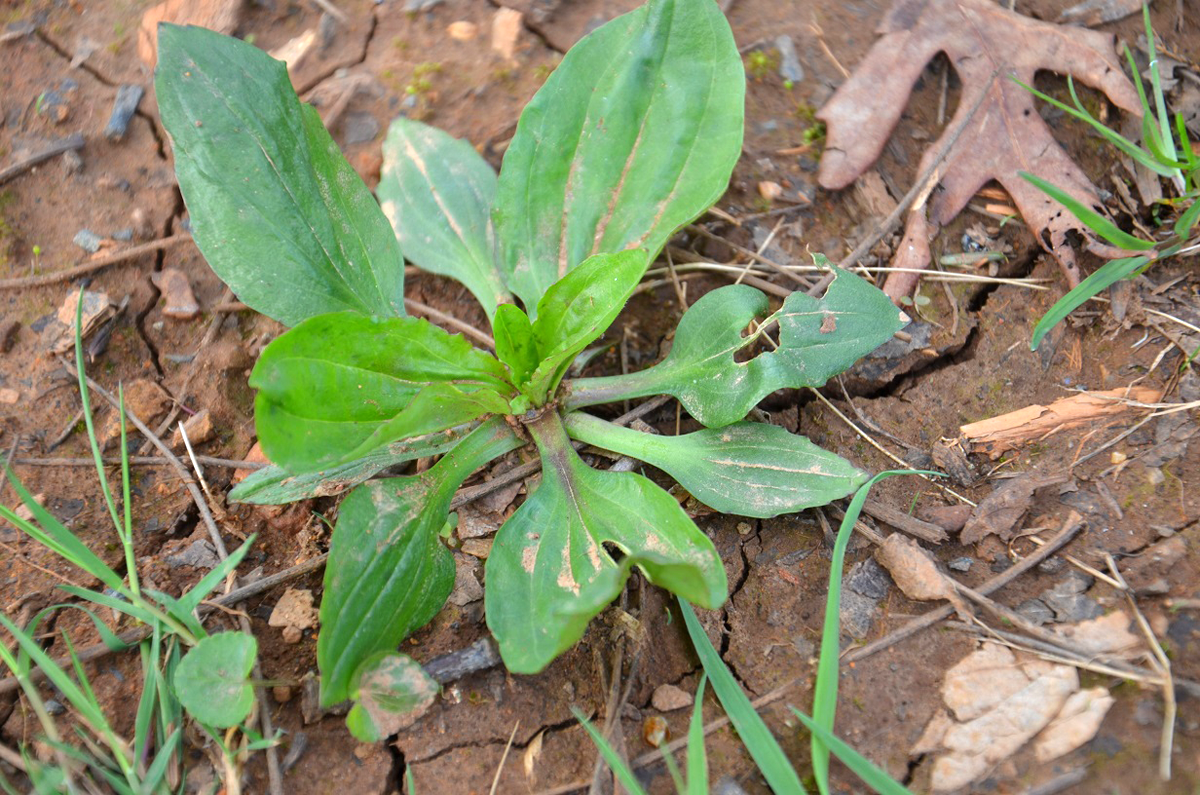
4. Make A Plantain Poultice
Many of our modern medicines trace their history back to where they were first discovered in wild plants. Even the word “drug” is still anchored in the past, as it comes from the old Dutch word droog, which means dried plant. And a poultice is about as old-school as it gets. To make a poultice, crush (or even chew) some plantain leaves into a pulp or paste, and apply it directly to the affected area. Keep it in place with a bandage or similar type of dressing. Replace it with new material once or twice daily until you no longer need it. It’s important to note here that I’m referring to the common lawn weed plantain, and not the fruit that looks like a banana. Common plantain (Plantago major) can be found growing globally.
